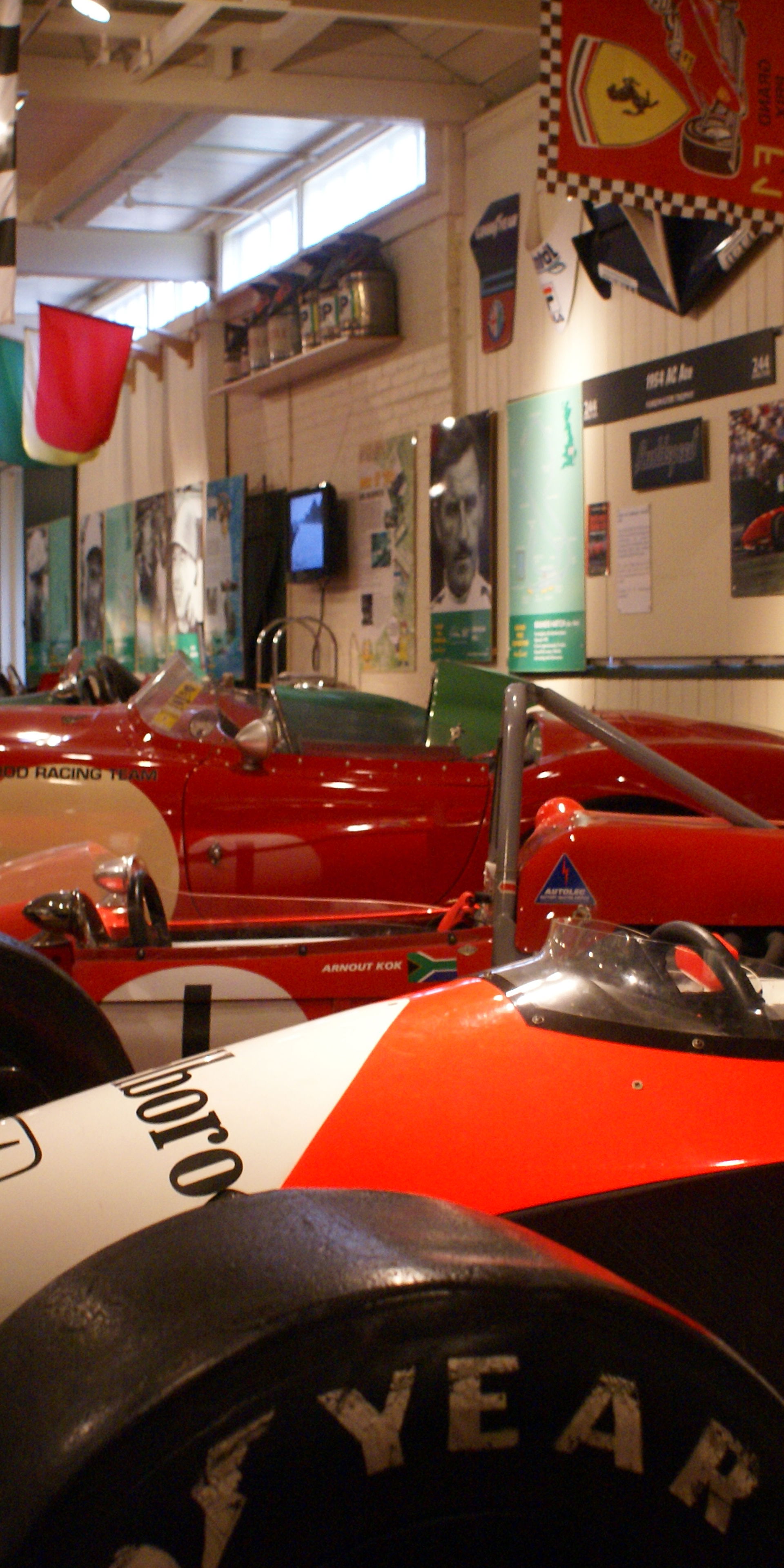Brooklands Stories: Lieutenant John Patton
30 January 2021
Brooklands Museum volunteer Peter Kearns shares the tale of Lieutenant John Patton GC, CBE in the second of new Museum from Home series looking at the stories of the people connected with the Museum exhibits.
John MacMillan Stevenson Patton, (1915-1996) was born a British citizen in Bermuda and raised in Ontario, Canada. During the Second World War he joined the Royal Canadian Engineers as a chemical engineering officer.
On 21 September, as he was leading a team clearing debris at the bomb-damaged Vickers- Armstrong’s aircraft factory at Brooklands, a lone Luftwaffe Junkers Ju88 attacked the Hawker Hurricane factory on the South-West side of Brooklands. Three bombs were dropped, two of which exploded, doing slight damage. The other, a 500-pound bomb, penetrated the factory roof, passed through a wall at the end and came to rest on the concrete driveway outside the erecting shed, having failed to explode.
A messenger from the factory came over to where Patton’s team was working, to enquire if there was a bomb disposal section in the company. There was not, but Lieutenant Patton at once undertook to remove the bomb. He attended the scene along with some members of the Home Guard stationed at Brooklands. He decided that the unexploded bomb had to be removed as soon as possible before it damaged the factory and so caused disruption to the manufacturing of Hawker Hurricane fighter aircraft.
This operation was particularly hazardous as none of the band of volunteers had any instructions in, or experience of, the handling of bombs and were therefore unable to disarm it or remove the fuse.
About five minutes later Captain Cunnington, who was temporarily in command of the Canadian Engineers, was informed of what had happened and at once went to the scene. On arrival, he found that Lieutenant Patton had ordered a truck and a length of cable and was engaged in getting the bomb onto a sheet of corrugated iron.
Captain Cunnington at once set about clearing a path for the bomb to an old crater about 200 yards away. He then assisted in fastening the cable, which by this time had been fixed to the iron sheet with the bomb on it, to the truck. This done, he drove the truck with the bomb in tow while Patton sat on the tailgate of the lorry to watch over it. They lowered it into the crater and left. The bomb exploded harmlessly the next morning.
Patton was awarded the George Cross for his bravery. This made him the first of what was then known as a ‘Colonial’ citizen, ever to receive the George Cross. Cunnington and the Vickers Home Guard Section Leader AH Tilyard-Burrows were awarded the George Medal.
After the war, John Patton received Canadian citizenship and he was made an Honorary Member of the Royal Engineers Bomb Disposal Association.
In 1946 a public park in the Canadian City of Hamilton, previously known as Ross Park, was renamed Patton Park in his honour.
In 1999, a competition was initiated among Canadian military airfield engineering teams for the successful completion of “an airfield engineering project of significant magnitude”. The trophy was originally a gift from Vickers-Armstrong Limited and the award was named in memory of Lieutenant Patton and Captain Cunnington.
Peter Kearns, Brooklands Volunteer


